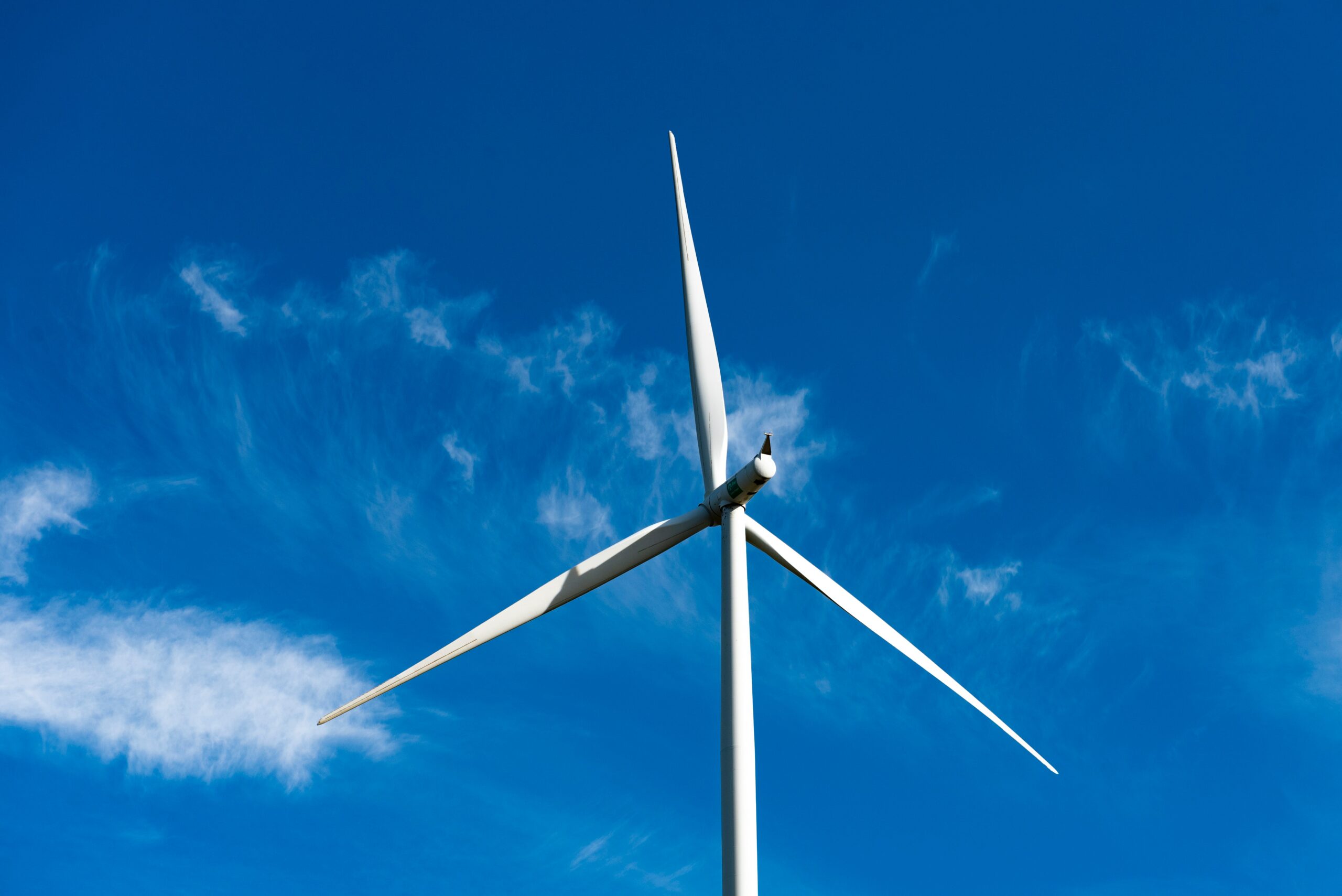At CLIC Innovation, we’re committed to driving even greater impact and expanding the reach of our project outcomes. Our Playbook‘s open innovation facilitation services are evolving to include a new ‘Transform’ section, equipping ecosystems with cutting-edge tools and processes for driving meaningful change. Read on to find out why such empowerment and transformation is key to the green transition.
What kind of risks can we tackle and avoid with the quadruple helix approach?
“The green transition is absolutely essential for addressing problems like climate change and biodiversity loss. However, it’s crucial to recognize that there are significant risks associated with implementing the green transition, particularly in terms of geopolitics, social factors, and the environment. It’s important to consider the big picture and understand the interconnected effects to ensure a sustainable transition.”
This is what Nani Pajunen, Principal at the Sustainability team of AFRY emphasized when we sat down to talk about the green transition and its risks. Many of the risks stem from the utilization of natural resources required for renewable energy and bioeconomy technologies that replace fossil fuels. Today, these risks also involve economic great power politics, known as geoeconomics, as well as social equity concerns.
What is happening in the energy transition?
Fossil energy production happens at isolated points, mostly far from Finland. We do not see it being produced and the damage it causes emerges only gradually through climate change. “The green transition is necessary, but the fact remains that it requires extensive new infrastructure development, such as wind turbines, solar power plants, hydrogen facilities, energy storage systems, and smart technologies. All of these require mineral resources”, Nani continues.
Renewable energy production is decentralized, near where we live, and dependent on several environmentally and geopolitically risky supply chains. We have already experienced geoeconomic risks through the pandemic, the Russian attack on Ukraine, and power struggles among major nations. Additionally, building solar and wind power facilities near residential areas has given rise to opposition from residents. Large facilities will alter landscapes and remain visible to residents for generations. Familiar fields and forest landscapes might transform into industrial areas, ruining recreational use.
Finland has what it takes to lead a truly sustainable green transition.
Finland has great opportunities to become a front runner in the green transition. However, sub-optimizing parts of the system and letting things just happen through market pull alone could lead to dire consequences for both the environment and regions. Risks include decreased property values, landscape disturbances, reduced recreational opportunities, and loss of nature values. Navigating the green transition is closely tied to democratic decision-making and inter-generational equity.
“Finland has many strengths to become a leader of a geopolitically sustainable green transition that fits within planetary boundaries”, Nani points out. “However, this requires careful planning and collaboration across different fields of science, the business sector, decision-makers, and citizens. This quadruple helix approach can also diversify sustainable regional economies in the long term”. This means sustained employment and skill development while reducing the use of virgin natural resources, energy, and water.
Through long-term collaboration, we create new expertise, which is essential for the competitiveness of a country like Finland. Leadership attracts international capital and skilled professionals interested in contributing to innovative, holistic solutions for challenges like climate change and biodiversity loss. “Strategic planning and comprehensive collaboration are key factors in ensuring that the green transition supports sustainable development for both the environment and society”, Nani concludes.
Tanja Suni
Head of Exploitation and Impact, CLIC Innovation
Read Nani’s and my opinion piece on this issue in Helsingin Sanomat: https://www.hs.fi/mielipide/art-2000009727742.html


